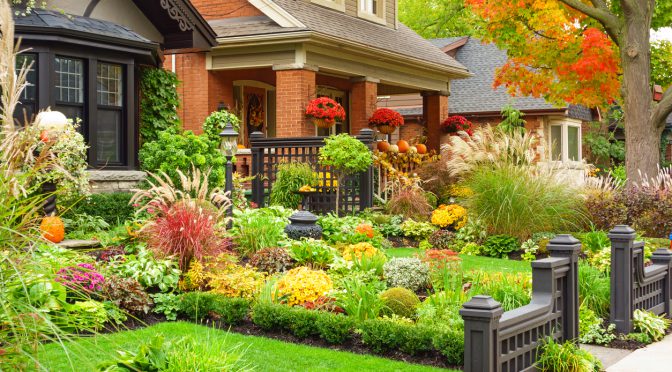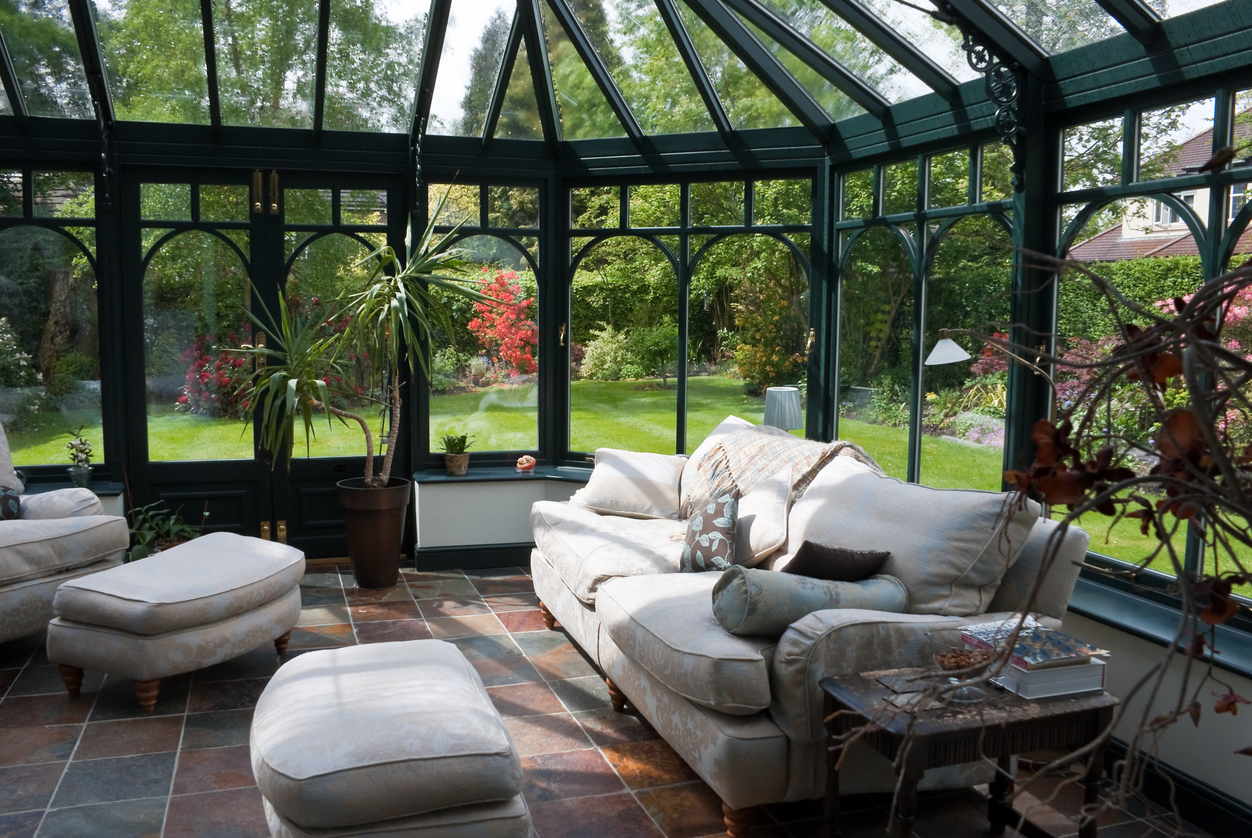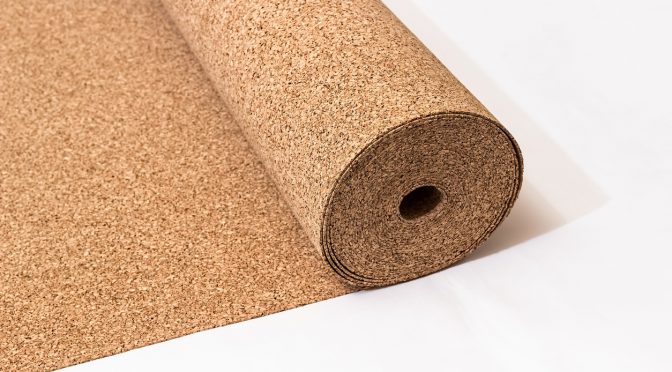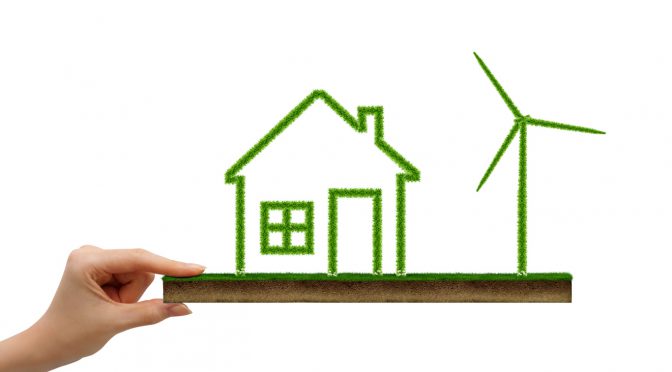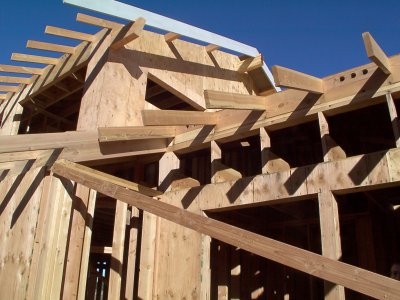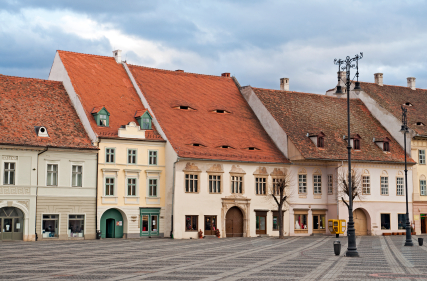Homeowners once believed that having a pool in their backyard meant selling their homes faster and at the price they asked for. They were wrong. Others counted on their flower beds, patio and garden. Another disappointment. So, the landscape won’t make a difference either? Definitely not!
The landscape increases the value of a property, but very little compared with a kitchen or bathroom that is renovated pragmatically with modern materials and configured in a way to increase practicality. A roof and foundations in good condition, a basement designed with taste, and even multiple and efficient storage spaces will increase a property’s value more than the landscape.
You are selling your home. You are waiting for those first emails to come in or those first buyers to visit your home. If you were in their shoes, what would your first inquiries relate to? The landscape or the condition of the windows? The flower beds or the radon levels in the soil? The patio or the structure of the home?[……]
